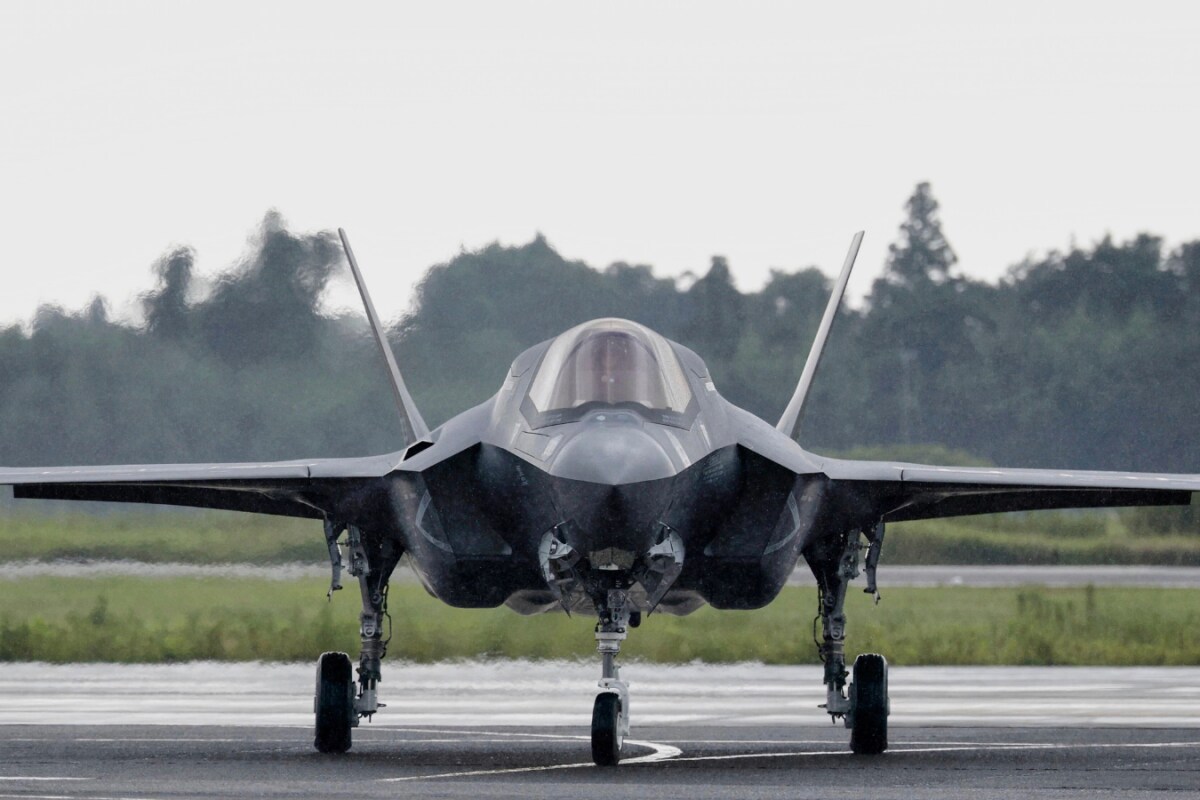

India's ambition to develop a sixth-generation fighter jet is gaining momentum, with ongoing advancements in indigenous aerospace technology and strategic collaborations. This ambitious project aims to position India among the leading nations capable of designing and producing next-generation combat aircraft.
The Advanced Medium Combat Aircraft (AMCA) program serves as a crucial stepping stone in this journey. The AMCA, initially conceived as a fifth-generation stealth fighter, incorporates advanced technologies that can be adapted for a sixth-generation platform. These include stealth capabilities, sensor fusion, internal weapons bays, advanced avionics, and supercruise capability.
Recent developments indicate a shift towards a collaborative approach to accelerate the AMCA program. The AMCA Programme Execution Model, approved in May 2025, introduces a public-private partnership (PPP) framework, moving away from the traditional reliance on Hindustan Aeronautics Limited (HAL) as the sole manufacturer. This model encourages participation from both public sector units and private defense firms, fostering a competitive environment and leveraging the growing capabilities of India's defense industrial base.
The Aeronautical Development Agency (ADA) will issue an Expression of Interest (EoI) to public and private entities, allowing them to bid independently or as consortia. This inclusive model aims to harness indigenous expertise, capability, and capacity, reinforcing the long-term goal of strategic autonomy in the aerospace sector.
Collaboration with foreign Original Equipment Manufacturers (OEMs) is also a key aspect of the new model. Foreign OEMs from Russia, France, the UK, and the US are expected to play a crucial role, particularly in addressing technological gaps. Technology transfer, especially in areas like stealth shaping, radar-absorbing materials (RAM), advanced avionics, and sensors, is anticipated through these collaborations.
While the flying wing design offers significant stealth and aerodynamic advantages, it may not be the optimal design for a sixth-generation fighter jet, as evidenced by the design philosophies of other nations like China, France, the United Kingdom, and the United States.
India's experience with the LCA Tejas and AMCA programs provides a foundation for sixth-generation development. The Tejas Mk2, with 82% indigenous content and features like AESA radar and IRST, demonstrates India's growing expertise. The AMCA incorporates technologies like multi-spectral stealth and integrated avionics that can be adapted for a sixth-generation platform.
Air Chief Marshal Rakesh Bhadauria stated in 2020 that the Indian Air Force (IAF) has a clear roadmap for sixth-generation combat systems such as directed energy weapons, smart wingman concept, optionally manned combat platforms, swarm drones, hypersonic weapons, and other equipment.
The AMCA program has a defined 10-year roadmap to bring the stealth fighter into service. The project, which began with the full-scale engineering development phase in April 2024, includes a phased approach with five prototypes planned. The prototype rollout is expected by the end of 2027, followed by the flight testing phase beginning in 2028-2030. Production and delivery are projected to start around 2036. The initial IAF requirement is for 120 aircraft, equating to seven squadrons. The DRDO has committed to delivering the AMCA by 2035.
Once inducted, the AMCA is expected to complement existing and future IAF assets, including the Rafale, Tejas Mk1A, Tejas Mk2, and future unmanned combat systems. It will also provide a valuable platform for future development of sixth-generation technologies such as directed energy weapons, loyal wingman drones, and network-centric warfare capabilities.
The development of a sixth-generation fighter jet will not only enhance India's air superiority but also signify the country's technological advancement and self-reliance in the defense sector. With a strategic roadmap, collaborative partnerships, and a focus on indigenous capabilities, India is poised to make significant strides in realizing its sixth-generation fighter jet ambitions.